Growth of the Wine Industry
The Pressurized Wine Filter System Market is poised for growth, driven by the overall expansion of the wine industry. As new wineries emerge and existing ones expand, the demand for efficient filtration systems is expected to rise. The increasing popularity of wine consumption, particularly in emerging markets, is contributing to this growth. Market analysts project that the wine industry will continue to grow at a steady pace, with an estimated increase in production volumes. This growth creates opportunities for filtration system manufacturers to innovate and cater to the evolving needs of winemakers. The integration of pressurized systems into production lines is likely to become a standard practice as wineries seek to optimize their operations.
Rising Demand for Quality Wine
The Pressurized Wine Filter System Market is significantly influenced by the rising demand for high-quality wines. As consumers become more discerning, wineries are compelled to invest in advanced filtration systems that ensure product purity and consistency. The ability to produce clear, stable wines without off-flavors is paramount, and pressurized systems offer a solution that meets these expectations. Market data indicates that premium wine segments are expanding, with consumers willing to pay a premium for quality. This trend is likely to drive the adoption of sophisticated filtration technologies, as wineries strive to enhance their offerings and maintain competitive advantage in a crowded marketplace.
Technological Advancements in Filtration
The Pressurized Wine Filter System Market is experiencing a surge in technological advancements that enhance filtration efficiency and product quality. Innovations such as membrane filtration and cross-flow technology are becoming increasingly prevalent, allowing for finer filtration without compromising the wine's flavor profile. These advancements not only improve the clarity and stability of the wine but also reduce the need for additional fining agents, which can alter taste. As a result, wineries are increasingly adopting these advanced systems to meet consumer demand for high-quality products. The market for filtration systems is projected to grow at a compound annual growth rate of approximately 6% over the next five years, indicating a robust interest in these technologies.
Sustainability and Eco-Friendly Practices
Sustainability is a driving force within the Pressurized Wine Filter System Market, as consumers and producers alike become more environmentally conscious. Wineries are increasingly seeking filtration systems that minimize waste and energy consumption. Pressurized systems often utilize less water and energy compared to traditional methods, aligning with the industry's shift towards eco-friendly practices. This trend is further supported by regulatory pressures and consumer preferences for sustainable products. As a result, the adoption of sustainable filtration technologies is expected to rise, with a notable increase in market share for systems that demonstrate reduced environmental impact. This shift not only enhances brand reputation but also meets the growing demand for responsible production.
Regulatory Compliance and Quality Standards
Regulatory compliance is a critical driver in the Pressurized Wine Filter System Market, as wineries must adhere to stringent quality standards. Governments and industry bodies impose regulations to ensure that wine products are safe and of high quality. Pressurized filtration systems help wineries meet these regulations by providing consistent and reliable filtration results. The ability to produce wines that comply with health and safety standards is essential for market access and consumer trust. As regulations evolve, the demand for advanced filtration technologies that can ensure compliance is expected to increase. This trend underscores the importance of investing in reliable filtration systems to maintain market position and consumer confidence.


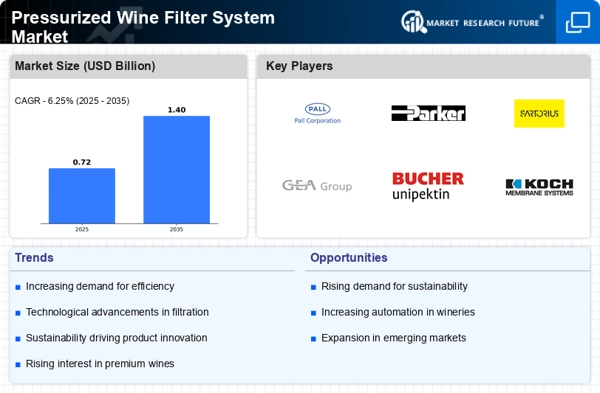
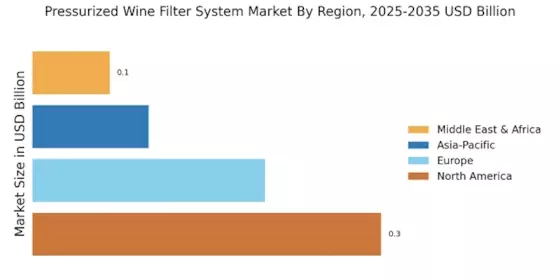
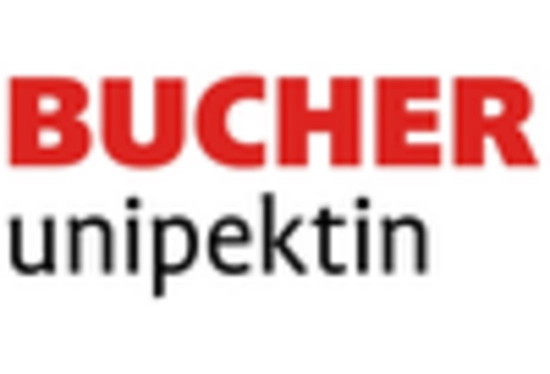
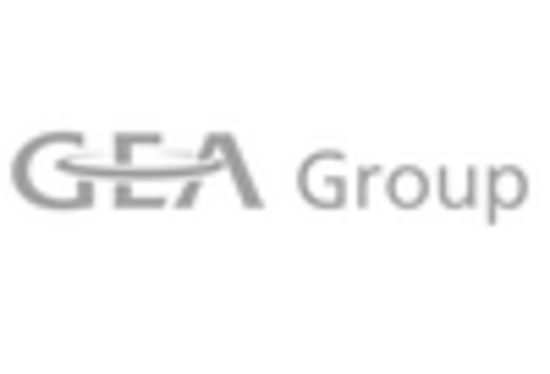
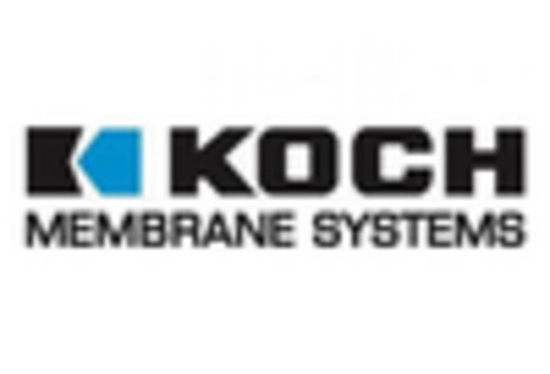
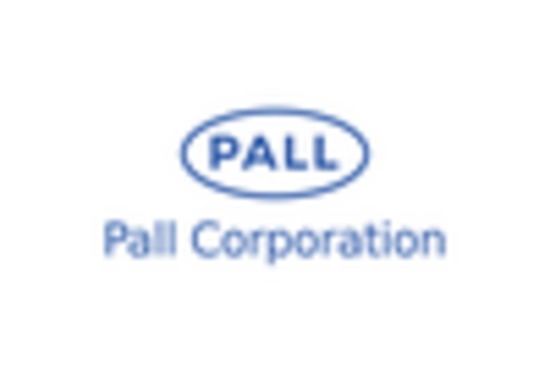
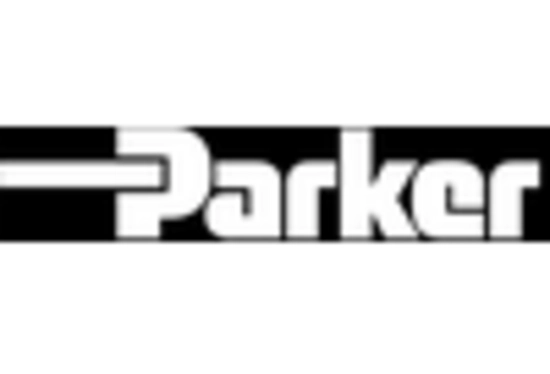
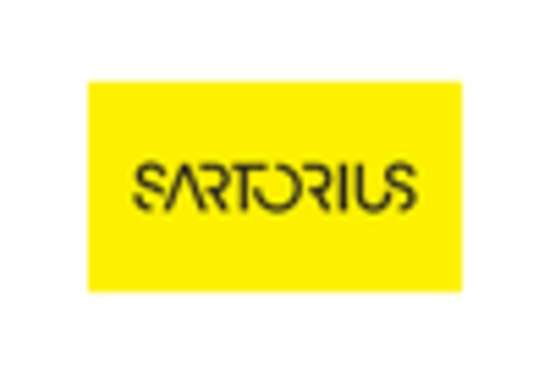








Leave a Comment